The pigmentation of a birthmark (nevus) depends on the degree of melanin concentration. Red formations are practically harmless and harmless to health. The brown color of the nevus in most cases indicates mechanical damage. Darker shades are acquired after exposure to excessive amounts of ultraviolet radiation. The appearance of a black mole indicates internal problems of the body. The presence of many such pathological formations is a serious reason to go to the doctor.
Reasons for appearance
An existing mole may change its original color to black under the influence of certain stimulating factors. This transformation is facilitated by the body's response - an excessive concentration of active melanin in organic skin cells.
Key factors influencing the occurrence and growth of dark pigmentation:
- Ultraviolet radiation. Prolonged exposure to the sun provokes the degeneration of melanin components into a malignant formation - melanoma.
- Fluctuations in hormonal levels. Physical changes in the body (pubertal development of a teenager, pregnancy, childbirth or PMS) under the influence of hormones are a favorable period for the development of a black nevus.
- Frequent physical damage to a brown mole leads to its darkening.
Skin formations on the legs (hanging) most often begin to turn black after an injury. An accidental tear of the leg prevents the full flow of blood into the neoplasm, which causes partial cell death. It manifests itself in the form of coloring in darker shades.
A black raised mole is practically no different from flat spots, but requires careful care and observation. The structure of the nevus is often subject to mechanical damage from clothing, shoes or friction. Harmful exposure makes the stain more susceptible to irritating environmental factors. Medical studies confirm that trauma to moles in 40% of cases is a stimulating cause of the formation of cancer cells.
Dangerous symptoms
The accumulation of the maximum concentration of the tint substance is characterized by gradual staining of the mole. The process begins with blackening of the center of the neoplasm, then the pigment spot spreads throughout the entire volume. Of course, a small black mole, resembling a dot, up to 4 mm in diameter, with a smooth surface does not look aesthetically pleasing, but it does not carry the risk of degenerating into cancer.
If a black mole or a small black spot appears on a mole, do not fall into premature panic. The process of formation of nevi in a newborn child begins from the moment of birth and ends by the age of 17. Therefore, it is believed that the resulting moles are benign. The influence of external irritating factors on the skin often causes the appearance of birthmarks on the body throughout life.
Rapid pigmentation with simultaneous growth of the rim and modification of the shape of the nevus requires immediate consultation with a dermatologist. Spontaneous drying and falling off of moles is a reason to consult a doctor. If an adult has many blackening spots on his skin, he also needs urgent consultation with a dermatologist and therapist.
Dangerous symptoms of malignant black moles:
- The surface of the skin pattern is smoothed, stretched, smooth.
- Asymmetry, visible signs of increase in size.
- Constant itching, sometimes internal burning in and around the spots.
- Scaly peeling of the nevus area, loss of hair growing from the formation.
- Bleeding.
- The presence of additional formations in the form of nodules on the surface.
If a mole begins to itch and pain appears in the area of the nevus, the doctor may suspect the onset of cellular transformation. Itching indicates the process of cell division and active growth. The growth of a mole from a centimeter or more indicates an unnatural pathology.
Frequent exposure to direct sunlight and visiting a solarium contribute to the proliferation of birthmarks. The appearance of a large number of dotted spots of a characteristic blackish hue is a signal of existing problems in the body.
Each of the nevi can be a sign of progression of malignancy.
Particular attention should be paid to existing black moles in a young child. Even a suddenly fallen nevus does not guarantee the absence of internal processes of malignant etiology. Since cancer symptoms are often hidden, the dried formation must be submitted for histological examination to determine possible pathologies.
Removal
The procedure for removing nevi is determined by medical necessity and is prescribed by a doctor. One of the significant reasons for prompt removal of a mole is its permanent damage. This occurs when the formation is localized on the leg, back, face, and side parts of the body. Areas of the shoulders and neck are subject to friction, which greatly irritates the organic tissue surface of the moles present there. The secretion of sweat glands often becomes a source of pain in the area of spots under the arms. Therefore, removing the pathological formation is a way to eliminate discomfort.
The operation is performed by a qualified specialist. Black moles on the back are removed using a radio knife or electrocoagulation. The procedure is virtually painless, does not require significant preparation and is performed under local anesthesia. The postoperative period is no more than two weeks. It is better to remove a black mole on the leg with a laser.
After these manipulations, there are no skin defects in the form of scars or cicatrices.
Independent removal of a mole is fraught with the introduction of infection into the wound with the subsequent development of malignant symptoms.
In case of positive histology, the patient goes under the supervision of an oncodermatologist, and removal is prescribed urgently. After a successful operation, the patient undergoes chemotherapy courses. Timely detection of dangerous signs of a malignant tumor is the key to successful recovery.
Conclusion
As a rule, if one birthmark has turned black, the situation is not dangerous. A healthy lifestyle, absence of bad habits, avoidance of excessive sun exposure and timely medical examination will significantly reduce the risk of developing melanoma.
Mole, nevus, birthmark - all these are names of benign pigmented formations on the human skin. Moles can be present on the skin from birth or appear throughout life, be of various colors (from light brown to black), raised above the skin or be completely flat - no matter what the nevi are, they are safe until they begin to degenerate into melanoma - cancer skin. Black moles on the body are especially prone to such degeneration in the presence of favorable conditions.
Causes
The cause of the most common mole is an excess of melanin pigment in the skin, which leads to the growth of melanocyte cells, their concentration is called a nevus.
As for black moles on the body, there are many more reasons for the appearance of these formations.
Why moles darken:
- Direct exposure to sunlight. Ultraviolet radiation contributes to the appearance of both new birthmarks and a change in the color of existing ones, up to black.
- Changes in hormonal levels. Many black moles on the body may appear during pregnancy or during puberty.
- Systematic mechanical damage to the skin. This problem is typical for moles that are located in places that are constantly exposed to shaving and friction with clothing. It is recommended to remove such formations after consultation with a doctor.
- Hereditary factor. It is rare to see a mole on the body of a newborn. There is a version that they are simply negligible to be seen with the naked eye. But already at 2-3 years of life, nevi may appear on the child’s body. And if one of the parents has black moles on the body, the baby may also have them black.
- Bacterial or viral skin diseases.
- Exposure to x-rays or radiation.
If one of the black moles on the body has darkened even more for no reason, this is a reason to immediately contact an oncodermatologist.
Safe nevi
There are several classifications of moles, depending on the time of their appearance, color, size and appearance.
Black moles on the body are divided into:
- Flat. The most common formations do not cause concern if they are initially black. If the nevus has acquired a black color under the influence of any factors or for no reason at all, you must consult a doctor for diagnosis.
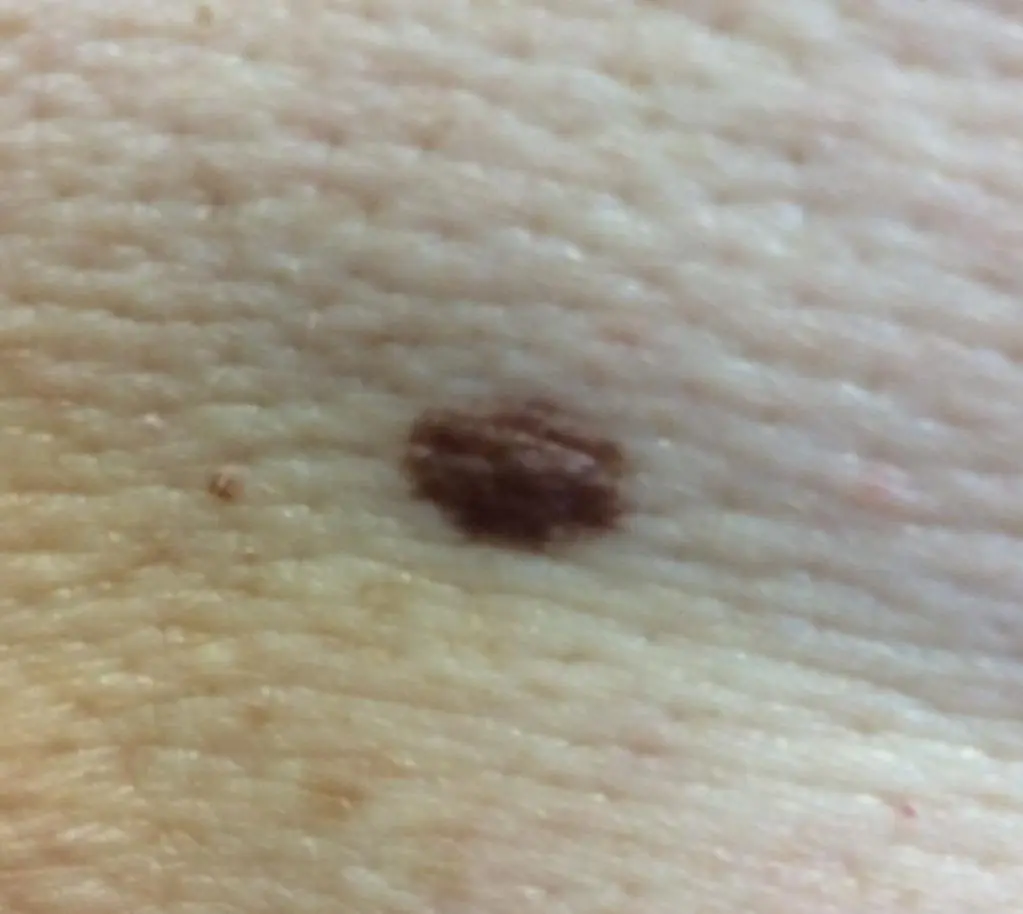

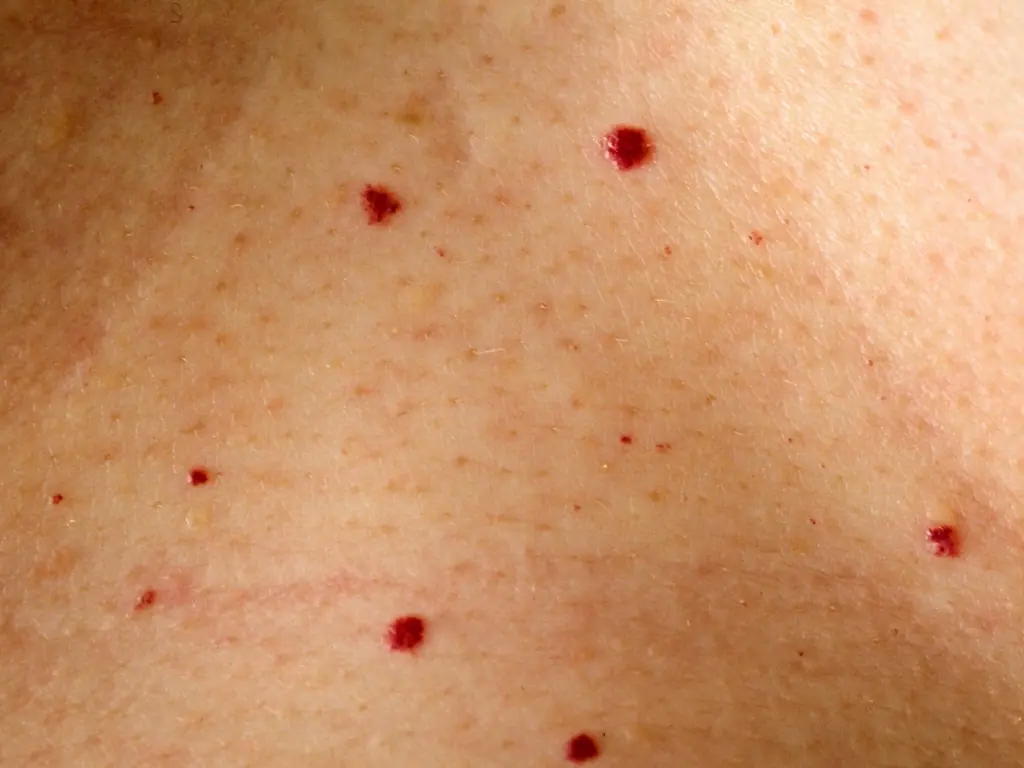
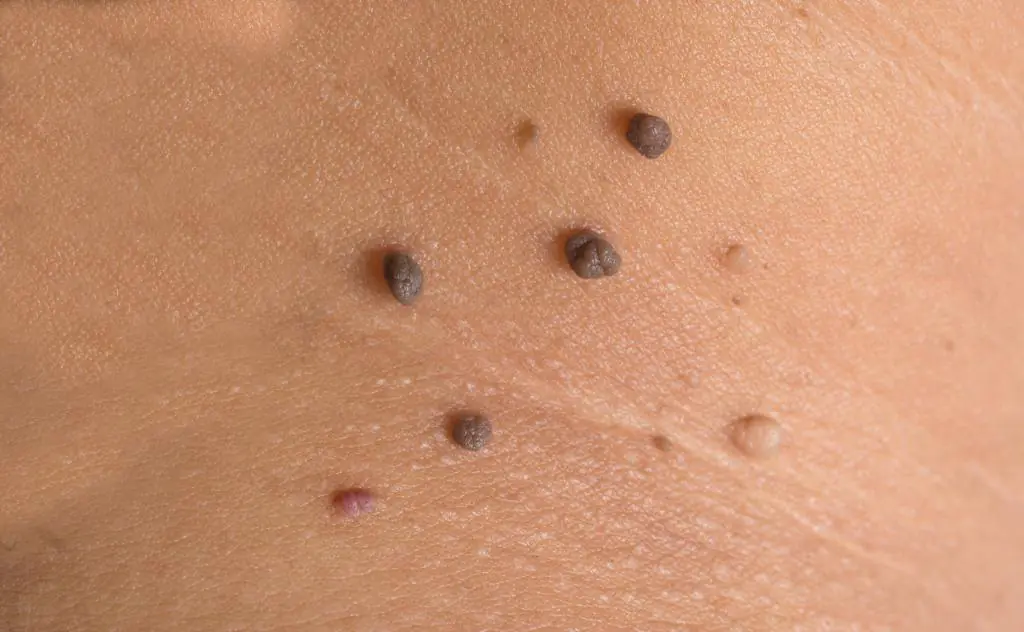
All of these moles are benign provided they have:
- diameter less than 0.5 cm;
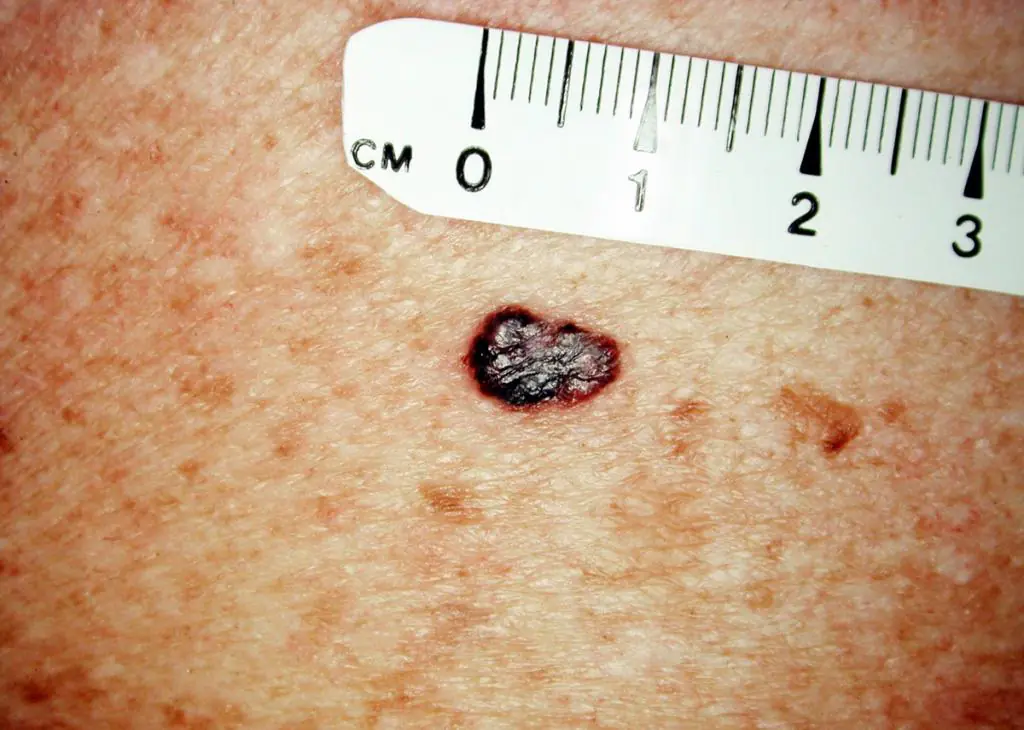
- clearly defined oval or round shape;
- smooth surface.
Any deviation from the norm, even one black mole on the body, is a reason to visit a medical facility.
Suspicious moles
In addition to ordinary moles that do not cause concern to their owner, there are several types of nevi that can be dangerous not only to health, but also to human life.
- Dysplastic moles - characterized by black color, large diameter (over 5 mm), uneven contours, uneven color, and may be convex.
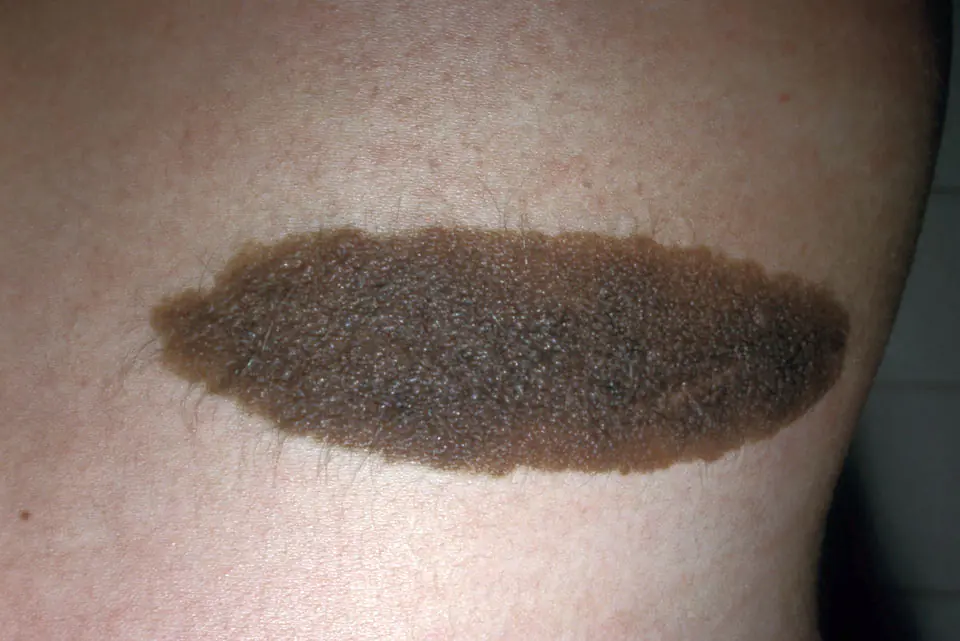

If there is the slightest suspicion of nevus degeneration, it must be remembered that early diagnosis of melanoma can save life.
Critical symptoms
Sometimes black moles on the body are located in such places that it can be difficult to independently assess their appearance. In such situations, other symptoms of a change in the mole should alert the owner.
Symptoms of nevus degeneration:
- bleeding from a mole;
- burning sensation, itching;
- loss of hair growing from the formation;
- the appearance of inflammation and ulcers;
- The surface of such a mole is rough to the touch, you can feel the scales.
Particular attention should be paid to moles that appeared after the age of 35.
Self-diagnosis methods
To make it easier for patients to remember what to pay attention to when observing nevi, doctors formulated the so-called FIGARO rule, which got its name from the first letters of 6 points that indicate a change in a mole.
- shape - the formation is raised above the level of the skin;
- change in the size of the nevus, noticeably accelerated growth rate;
- the boundaries of the mole are unclear;
- asymmetry - the 2 halves of the nevus differ from each other;
- size exceeds 0.5 cm;
- the color changes - multi-colored dots are added, and may become completely discolored.
To make it easier to track possible growth and changes in color of skin tumors, it is recommended to independently measure and record their diameter and take photographs.
Establishing diagnosis
If a black mole appears on the body, you cannot limit yourself to self-diagnosis. Considering the danger of melanoma, only a doctor can make a correct diagnosis and decide whether to remove a mole.
- interviewing the patient - the doctor needs to know whether the patient has been exposed to direct sunlight, whether there is a hereditary factor, what is his general condition;
- dermatoscopy - examination of skin tumors without surgical intervention;
- histology analysis - determining the presence of malignant cells in the formation;
- blood test for tumor markers;
- general blood and urine tests;
- biopsy - taking a sample of mole tissue for analysis.
If the degeneration of a mole into a malignant neoplasm is confirmed, other diagnostic methods (CT, MRI) are used to determine the stage of the disease, the activity of cancer cells, and the presence of metastases.
Treatment and observation
If the appearance of a black mole on the body poses a probable danger of the nevus to the life and health of the patient, the attending physician decides to remove the formation.
Mole removal methods:
- using liquid nitrogen, or cryodestruction - getting rid of pathological formations using ultra-low temperature;
- laser removal - gradual removal of pigmented tissues, the least traumatic method, often used on the face;
- electrocoagulation - electric cauterization, unlike laser, which is prohibited for dark skin, is suitable for any type of epidermis;
- excision with a radio knife, or radio wave method - the device does not contact the skin, leaving no traces;
- surgical removal - recommended only for malignant tumors, as it allows nearby tissue to be removed along with the melanoma to prevent relapse.
The method for removing a nevus is strictly individual and is selected by the attending physician based on the type of mole, the patient’s tests, the characteristics of his skin and the general state of health and immunity.
Risk group
There are groups of people who are especially susceptible to the degeneration of moles into malignant formations.
Risk groups include:
- people over 35 years of age who have new blackheads or moles on their body;
- patients whose number of moles exceeds 50, regardless of age;
- people with light skin, hair, eye color;
- owners of nevi susceptible to hereditary factors;
- people with weak immune systems.
To prevent the occurrence of melanoma, patients at risk are recommended to visit a dermatologist every 3 months, and for other owners of moles - annually.
Preventive measures
If a person has a tendency to form black spots on the body, similar to moles, it is especially important to adhere to the following recommendations to avoid their degeneration into oncology.
- Avoid exposure to direct sunlight, especially during the day when the sun is most active;
- do not visit the solarium;
- avoid mechanical damage to moles; if there are nevi in places of constant friction with clothing, razor trauma, it is recommended to remove such formations after consultation with a doctor;
- abandon synthetic materials that create a greenhouse effect and contribute to skin irritation;
- People with fair skin should avoid prolonged exposure to the sun, regardless of the time of day.
In addition to all of the above, treatment and removal of moles using traditional methods is prohibited. Self-medication can aggravate the problem and delay the moment of correct diagnosis and the start of life-saving therapy.
Moles on the human body can be of different shades: from light brown to deep black. Color depends on the amount of melanin (pigment substance) - the more of it, the darker the moles.
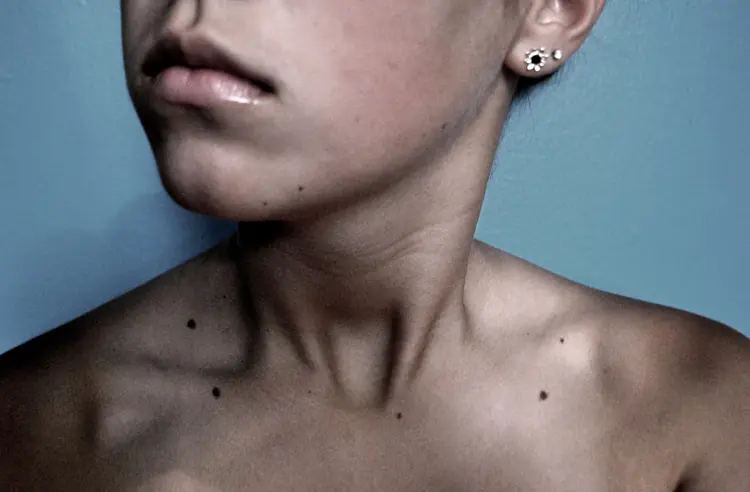
Photo 1. The color of a mole tells about its character. A black mole itself is not dangerous, but if it changes color, you should consult a doctor. Source: Flickr (Anastasia Catherine).
Causes of a black mole
The darkening of a mole to black is caused by the following factors:
- Ultraviolet. Exposure to direct sunlight causes an increase in melanin levels. Moles that are constantly exposed to ultraviolet radiation change color to a darker color;
- Hormonal changes. The restructuring that occurs in the body during adolescence, during pregnancy, during menopause, and endocrine disorders can contribute to a significant darkening of moles;
- Damage. Mechanical impact on the mole during shaving, scratching, washing with a hard washcloth, and even simple friction with tight clothing can damage the formation, which will begin to darken due to subcutaneous hemorrhages.
Note! If the mole is not completely blackened, but partially, this may indicate its degeneration. You should immediately consult a doctor, preferably an oncologist.
Are black moles dangerous?
Mole - benign formation. In both adults and children it comes in several types:
- Flat dark nevus. The most common type of moles. If the spot turns black or a red rim appears around it, this is a signal that can inform about an incipient pathology;
- Convex black mole. A black spot slightly raised above the surface of the skin alarms the owner, so such moles are usually closely monitored, noticing the slightest changes;
- Red-black nevus. It is less common than others and causes concern due to its appearance. Inhomogeneous color does not mean pathology. It is dangerous if a mole suddenly begins to change color: for example, it was reddish and became half black;
- Hanging black moles. Hanging moles should not be black. If the hanging nevus darkens, it means that it has been injured and blood has stopped flowing to it. The mole will gradually dry out and fall off. Experts advise removing dying moles in advance to avoid complications.
Black mole not dangerous, If:
- its diameter does not exceed 5 mm;
- it has clear outlines of an oval, a circle;
- the surface is smooth, repeating the skin pattern;
- the edges are clearly defined and not blurred.
Dangerous are:
- Dysplastic nevus. A black mole localized to any part of the body. Significantly increases the risk of developing melanoma. Signs: a flat mole larger than 5 mm in size, with unclear contours, asymmetrical, has several shades, the central part is raised;
- Melanoma. An ordinary mole that began to change: black, red, blue or white dots appeared, the formation began to resemble a hard lump. The nevus may become discolored, dry, rough, and painful.
We should be wary And nevi, formed after 35 years. Especially black ones, fast growing ones, with jagged edges. You need to undergo examination to avoid complications:
- bleeding moles;
- formation of nodules;
- dysfunction of internal organs: liver, kidneys;
- growth of metastases.
Treatment of a black mole
To understand whether a black mole needs treatment, you need to contact an oncologist.
Note! You should not trust the treatment of moles to a cosmetologist: only an oncologist can decide whether the formation is dangerous and whether it needs to be removed.
- dermatoscopy;
- lab tests;
- histological analysis.
If there are more than 40 nevi on the human body, it is advisable to draw up mole map. Based on it, it is easier for the doctor to guide the patient and monitor the growth and development of formations in the future.
Self-diagnosis is also useful - studying moles. Those on the back can be photographed with the help of relatives in order to notice changes in time.
If the oncologist insists on removing the nevus, then the diagnosis has shown possible degeneration. You can’t delay the operation: melanoma is one of the fastest growing forms of cancer.
A malignant black mole can only be removed surgically, using a scalpel. The method guarantees the complete elimination of pathological cells: tissues close to the nevus and those located in the deep layers of the epidermis are cut out. Other methods - cryodestruction (exposure to cold), laser and radio wave removal - are only suitable for eliminating benign moles.
After surgical removal, a wound remains at the site of the mole that needs to be treated to avoid infection:
- hydrogen peroxide;
- chlorhexidine;
- later - with external agents that prevent the formation of scars (contractubex).
There are also folk methods - cauterization with apple cider vinegar, celandine juice, milkweed, treatment with castor oil. Before using them, you should first consult with an experienced dermatologist.
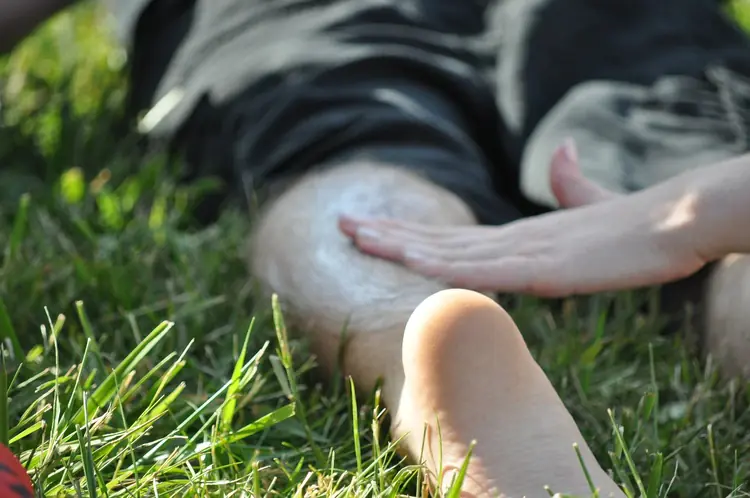
Photo 2. Sunscreens are a necessity of today. It is dangerous to be in the sun without them during the daytime. Source: Flickr (Lena Henry).
It is important! Self-medication of black moles is one of the reasons for complications and the transition of an ordinary nevus to a malignant one.
Prevention of malignancy
It is useful to take preventive measures not only for those who have many formations on their body, but also for those who have only a few of them:
- Sunbathe only in the morning and evening, when the sun is not as active as during the day.
- You cannot cover moles with a band-aid: the greenhouse effect contributes to the darkening of the birthmark and the penetration of infections.
- Fair-skinned people with a large number of moles should choose places where there is less sun to relax.
- Avoid visiting the solarium.
- Avoid injuring moles.
- Give preference to natural fabrics - they do not rub the skin or clog pores.
- Get checked regularly by a dermatologist. For those at risk - once every three months, for the rest - once a year.
Note! If changes in the condition of a black mole are noticeable even to the naked eye, this is a reason for urgent medical consultation.



